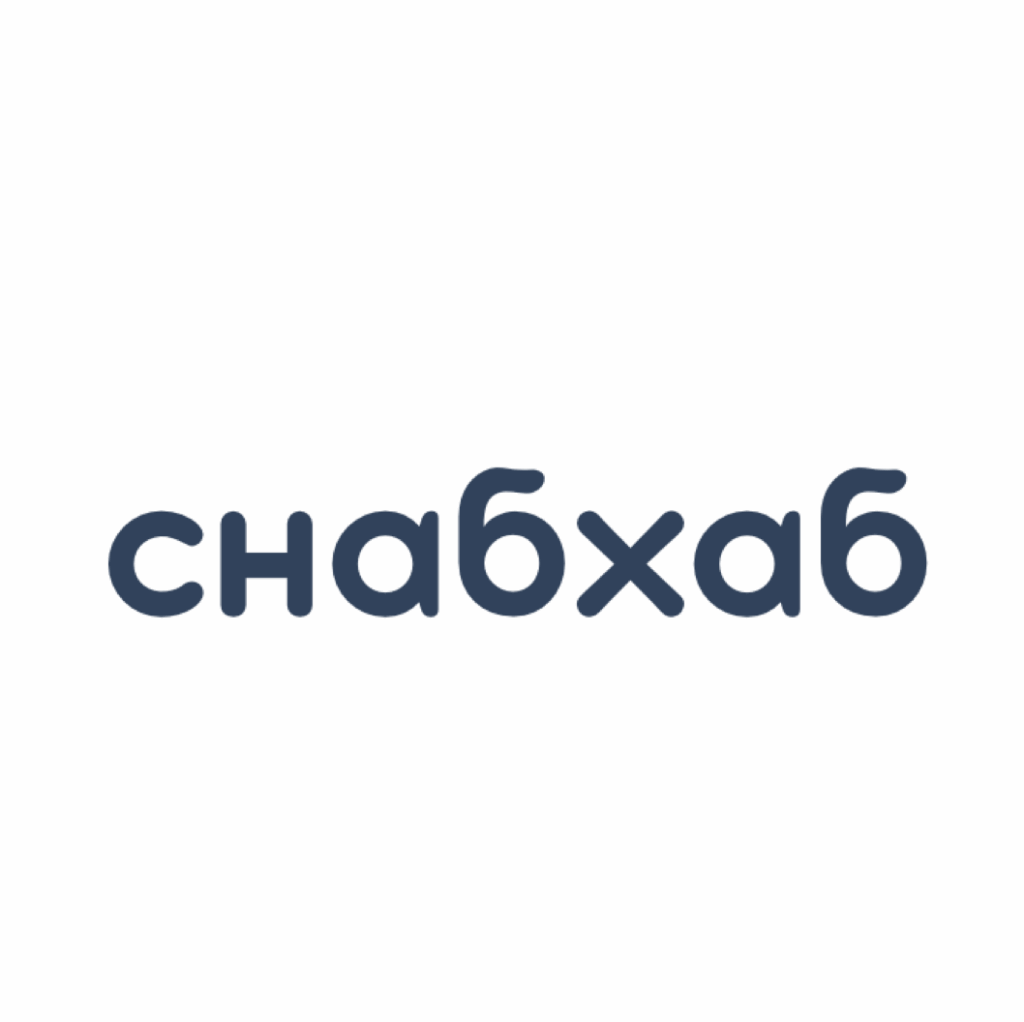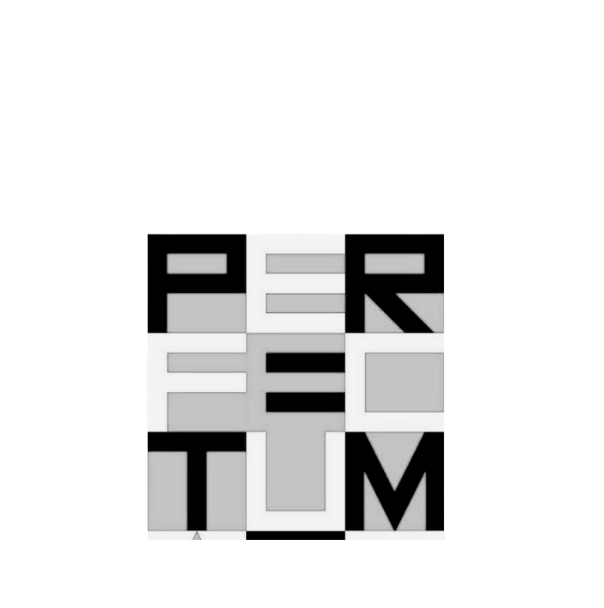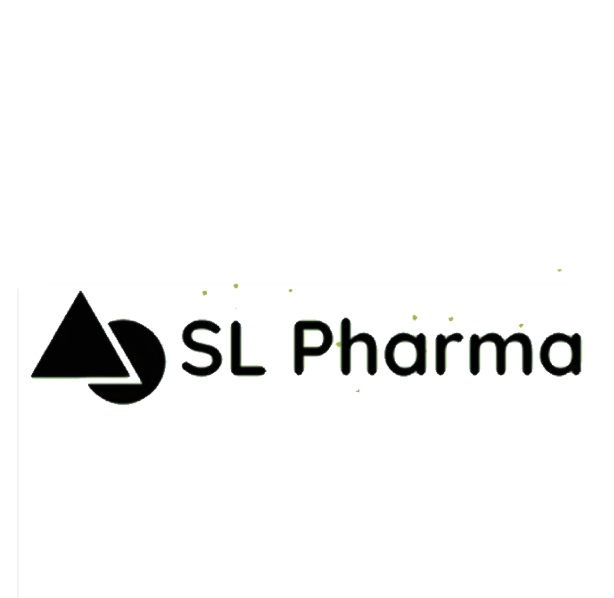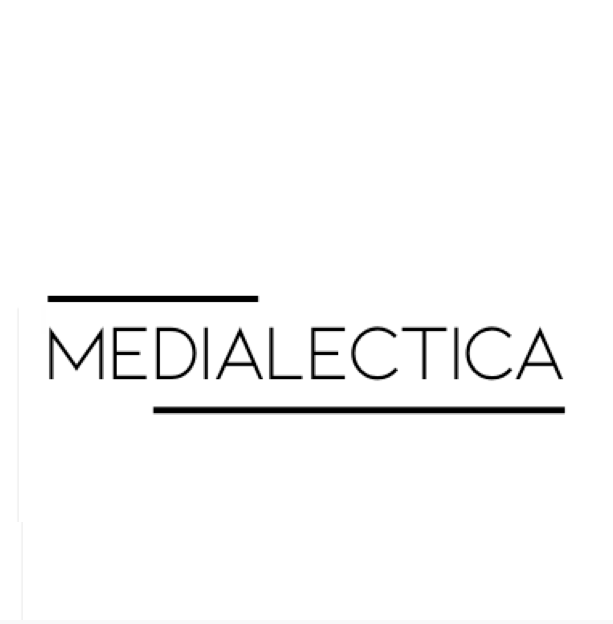Introduction: Sovereignty as a New Economic Model
Venture capital investment is traditionally driven by global scalability and an unlimited Total Addressable Market (TAM). However, for strategic investors operating in highly regulated markets, predictability often trumps potential. The national pivot toward technological independence in Russia is often misinterpreted by external observers as purely a defensive measure or isolationism. At iVenturer, we see it as a mandatory de-risking of national infrastructure that, paradoxically, creates the most predictable, state-guaranteed demand market since the foundation of major state enterprises.
This is not a retreat; it is a strategic catalyst for endogenous growth—the formation of a new market for critical information technologies, which we estimate is worth hundreds of billions of rubles and must be absorbed over the next decade.
The investment strategy iVenturer promotes is built on capitalizing on regulatory inevitability. We purposefully funnel capital into the so-called “missing middle”—localized software, hardware platforms, and, critically, integration services necessary to bridge the gap between current low adoption rates of domestic solutions and stringent government requirements.
To contextualize the “Russian IT Standard,” one must understand its historical basis: multi-year dependence on Western solutions. Today’s imperative is securing Critical Information Infrastructure (CII). This mandate acts as the core driving force for all subsequent investment opportunities, transforming a theoretical market opportunity into legally binding demand.
Section I. The Strategic Landscape: Guaranteed Demand Meets Regulatory Drive
1.1. The Import Substitution Funnel: Volume and Velocity
The growth paradigm in the strategic IT sector has fundamentally changed. Where success previously depended on the persuasiveness and competitiveness of a business pitch, success in critical sectors is now directly determined by meeting regulatory deadlines. This shift, where mandate replaces marketing, converts traditional market risk into execution risk.
An analysis of the current market state reveals staggeringly low penetration rates for Russian core systems. Statistics show that only 2% of government organizations have fully completed the switch to domestic operating systems and databases. Among private businesses, this level is even lower—just 1%.
This 98–99% gap represents immediate, legally enshrined demand. The slow start (despite the mandate) points not to unwillingness, but to severe technical challenges related to the integration and maturity of existing domestic products. The reality is that existing Russian OS and DB solutions, while compliant, often struggle with compatibility across a massive installed base of legacy corporate hardware, vertically specialized software, and proprietary business processes.
Consequently, the investor focus shifts from simple demand generation (which the state guarantees) to investing in ecosystem engineering—funding firms that solve compatibility issues, data migration, and comprehensive support for large corporate and state clients. The market for solutions enabling fast, painless migration is just as critical as the core OS or DBMS product itself.
This transition is inevitable. It is buttressed by state regulation on critical infrastructure, business support measures, and, crucially, restricted access to foreign services. All these factors guarantee that closing this 98% gap will accelerate regardless of global economic cycles.
1.2. Points of Critical Lag: Focus on CII
The foundation of the Russian IT Standard is the protection of Critical Information Infrastructure. This infrastructure spans not only state bodies but also strategically vital sectors such as finance, transport, energy, the military-industrial complex, and healthcare. For these sectors, traditional corporate software acquisition models are unsuitable. Localized, fully auditable solutions with guaranteed long-term support and, most importantly, complete ownership of Intellectual Property (IP) are mandatory.
CII is the source of the demand for developing and implementing trusted hardware-software platforms, including micro-processor platforms. This is not just a product replacement; it is building technological sovereignty from the ground up.
To clearly evaluate the investment vacuum in critical software, one must quantify the market size that the regulatory mandate obliges to fill.
The Russian IT Standard: Domestic Software Penetration in Key Systems (2024)
| Software Category | Penetration (State Sector) | Penetration (Private Business) | Growth Potential (Market Vacuum) | Key Regulatory Driver |
| Operating Systems (OS) | 2% | 1% | High (Up to 98-99%) | CII Regulation, Security |
| Databases (DB) | 2% | 1% | High (Up to 98-99%) | CII Regulation, Registry Migration |
This quantitative analysis shows the investor exactly where the bulk of the guaranteed demand (Total Government Mandate – TGM) lies. Given that the state actively stimulates domestic development in this area , low penetration equates to huge, untapped contracts awaiting vendors who can solve the technical migration issues.
Section II. The Software Gold Rush
2.1. Niche #1: Operating Systems and Databases (The 98% Gap)
While the OS and DB market is the most obvious and largest target, merely achieving functional parity with international standards is insufficient for success. The winners in this market will not be those who simply provide a functional equivalent, but those who achieve deep vertical integration and complete compatibility with critical industry-specific peripherals and hardware-software complexes (e.g., industrial equipment, secure payment terminals).
Success factors require development teams to possess deep expertise in migrating legacy systems and meeting regulatory compliance, not just coding. We are looking for companies that can facilitate the transition of major enterprises, not just replace a desktop.
The imperative of ecosystem creation means critical investment is directed toward companies developing seamless tools, utilities, and support structures around the core OS/DB. These solutions, which facilitate complex corporate deployment, will have high margins and act as natural monopolies in the migration support service market.
2.2. Niche #2: Specialized Software and Vertical Solutions
Beyond the core systems, huge opportunities exist in the realm of industrial and specialized software, such as SCADA, MES, and specialized computer-aided design systems (CAD/CAE). In these areas, intellectual property localization is critically important due to the direct link to physical production, management of critical processes, and, often, state secrets.
This thesis regarding the strategic importance of long-term planning is reinforced by analytics in adjacent sectors. For instance, though not IT, the construction and finishing materials market in Russia reached 8.2 trillion rubles last year and is projected to grow by 17% annually through 2028. Any entry into a new product market—be it a construction material or corporate software—requires a strategic planning horizon and significant investment. This need for a long-term view is amplified in the IT sector, as regulatory mandates necessitate multi-year support and updating of complex systems.
2.3. The Registry Requirement: An Investor’s Entry Ticket
For the investor, the inclusion of a software product in the Registry of Russian Software is not merely a formality; it is a mandatory prerequisite that acts as a legal validator of market access. Without this status, a startup cannot participate in major state and quasi-state tenders, effectively cutting them off from the guaranteed demand market.
The Registry inclusion process itself is complex and non-negotiable, creating a powerful non-price barrier to entry. For the investor, the complexity of compliance forms a sustainable market moat, filtering out weaker players.
Key regulatory requirements that must be prioritized in Due Diligence:
Localization of Exclusive Rights (IP): The company must confirm the transfer of all exclusive rights to the software. Required documents include the agreement transferring all exclusive rights, closing documents, and accounting for intangible assets (IA) in the books. If development was done by an external party, a contract for the creation of the software is needed. If developed in-house, employment contracts and IA accounting records are required.
Traceability of Development: Management orders approving the Technical Specification (TS), initiating development, allocating duties, and the order concluding development and commissioning the software, which leads to IA accounting, are all required.
Availability and Transparency: Technical documentation and software information must be published on a Russian-language website in the ru-segment of the internet. The company must provide a certificate of domain name registration and a document confirming the right to use it.
In this regulated market, risk assessment priority shifts. Traditional venture technical expertise yields to legal/regulatory Due Diligence. If the documentary trail required for the Registry is incomplete, the startup is technically uninvestable because it cannot access the guaranteed state market, regardless of the quality of its code.
Requirements for Inclusion in the Registry of Russian Software (Key Investor Aspects)
| Criterion (The Requirement) | Goal (The Investor Value) | Necessary Documents (DD Focus) | Source |
| Localization of Exclusive Rights (IP) | Guarantee of technological sovereignty and impossibility of license revocation. | Rights alienation agreements, Intangible Assets (IA) accounting records. | |
| Full Local Development | Confirmation of domestic origin and personnel. | Management orders approving TS, developer employment contracts, order concluding development. | |
| Russian-Language Site in RU-Segment | Ensuring documentation and support accessibility. | Domain name registration certificate, document on domain use. | |
| Absence of State Secret Information | Compliance with basic national security standards. | Adherence to special requirements. |
Section III. The Foundation of Sovereignty: Hardware and Microelectronics Investment
3.1. Processor Roadmap: From Design to Fabrication
In microelectronics, the drive for independence is expressed through an aggressive technological development plan. Russian fabless companies (those without their own manufacturing), such as Baikal Electronics, MCST, NTC Module, and NPC Elvis, are pursuing advanced designs using 28 nm and 16 nm process nodes. This indicates that the industry is focused not just on replacing obsolete chips but on achieving design parity.
A practical example of this work is the Bitblaze Titan laptop based on the Baikal-M processor, presented in the summer of 2022, demonstrating functional integration capability. However, domestically designed processors like Baikal and Elbrus historically relied on contract manufacturing at foreign fabs, notably TSMC.
The new strategic challenge is eliminating the fundamental manufacturing bottleneck. Work is underway in two directions: maximizing the load on existing domestic production (e.g., plans to transfer part of Elbrus production to the Mikron plant in Zelenograd) and investing in next-generation tooling.
A key long-term goal, symbolizing the pursuit of full sovereignty, is the development of an X-ray lithograph with a wavelength of 11.2 nm by the National Center for Physics and Mathematics. This initiative aims to achieve complete domestic production capability, bypassing global technological bottlenecks and securing national safety in the deepest sense. For the investor, this means successful investments should focus not only on chip design (high CAPEX, slow ROI) but on high-margin adjacent elements of the supply chain: specialized verification software, advanced packaging, and securing critical domestic materials.
3.2. High-Margin Sectors in Electronics
The electronics sector provides technological security. This leads to massive, reliable contracts with established major players acting as system integrators.
Russia’s largest enterprises are reliable consumers and producers. For instance, Mikron produces over 700 product types, including integrated circuits for secure data carriers, payment and identification documents, and RFID marking. The Shvabe Group produces around 6,000 product units, focusing on high-tech and electro-optical systems, such as surveillance and remote sensing systems. These companies provide constant, large-scale B2G (Business-to-Government) demand, creating ideal conditions for the growth of small and medium-sized enterprises supplying components and specialized parts to them.
3.3. State Incentives and Funding: The 2025 Financial Revolution
Support for the electronics industry is one of the most aggressive directions of state policy. It includes the allocation of 18.5 billion rubles for a preferential loan program for manufacturers.
However, the most significant strategic incentive, creating a unique opportunity for investment arbitrage, is the planned reduction of the profit tax rate for electronics manufacturers. From 2025, the rate will drop from 20% to 8%.
This 12-percentage-point increase in profitability fundamentally alters the economic model and shareholder value of electronics manufacturing companies. A firm generating stable revenue in 2024 will see a sharp rise in net profit in 2025 without needing to change operational efficiency. The reduced tax burden enhances profitability and lowers the effective cost of production, giving these companies a significant competitive edge.
For investors, this creates a regulatory arbitrage scenario tied to a fixed date. It is essential to actively seek and lock in positions in scalable electronics companies before 2025. This allows assets to be acquired at multiples that do not yet account for the inevitable 12% cash flow increase, maximizing the return on investment the moment the tax breaks take effect.
Section IV. The Mechanics of Investing in the “Independent” Sector
4.1. The Deal Model: Differentiating from Global VC
In global venture capital, valuation is based on a theoretically unlimited Total Addressable Market (TAM). Under the “Russian IT Standard,” iVenturer operates with the concept of TGM (Total Government Mandate)—the total volume of guaranteed contracts driven by regulatory requirements. TGM is predictable, finite, and highly protected once full compliance with the standards is achieved.
The regulatory framework eliminates demand risk but significantly increases technical and regulatory execution risk. Our valuation models account for this guaranteed revenue trajectory by applying lower discount rates to earnings than those used for enterprises operating in an open competitive market. This makes investments in this sector, assuming successful Due Diligence, more akin to infrastructure or equity investments than traditional venture capital.
4.2. IT Startup Due Diligence: Documentation Priority
The evaluation process in this sector has clear phases:
Phase 1: Legal Sovereignty Audit (Priority DD): This is the most critical phase. The investor must confirm the existence and impeccable quality of the documentary trail supporting the localization of intellectual property, including contracts, IA accounting records, and full compliance with all Registry requirements. Any lapse at this stage is an absolute “deal-breaker.” Verification of the ownership structure and personnel is also necessary to ensure compliance with future, potentially stricter, localization requirements.
Phase 2: Technical Maturity and Scalability: This assesses the product’s ability to solve the key problem: migrating complex corporate users (i.e., closing the 98% gap ). Emphasis is placed on compatibility with existing systems, possession of necessary security certificates, and the ability to maintain reliable update cycles required by critical infrastructure.
Phase 3: Financial Incentives Analysis: When investing in hardware, detailed financial modeling is conducted, projecting the immediate positive effect of the profit tax rate reduction to 8% (after 2025) on the long-term Internal Rate of Return (IRR) of the project.
4.3. Exit Strategy: Strategic Buyers (The Trade Sale)
Unlike global venture markets, where the leading exit mechanism is often the IPO, in this protected sector, the most reliable and highly profitable option is the strategic sale (trade sale).
Target buyers are large conglomerates, state industrial giants (such as Mikron and Shvabe ), and major financial or telecommunications institutions seeking to secure their internal supply chains of infrastructure solutions (especially for the core, such as OS and DB). For these buyers, acquiring a fully localized, certified, and registered supplier is a mandatory step toward achieving their own technological sovereignty.
Given the lengthy development cycles required to achieve standards compliance and hardware maturity (e.g., 16 nm development ), investors must plan for a longer investment horizon (7–10 years) synchronized with strategic state roadmaps.
Conclusion: iVenturer — Our View on the Future
Technological independence, formalized in “The Russian IT Standard,” is not a retreat but a forced maturation process that creates legally protected domestic monopolies in critical IT niches. For investors capable of strategic maneuvering, such predictability represents an invaluable asset.
The combination of three key factors—guaranteed demand (the 98% deficit in OS/DB ), long-term technological vision (28 nm/16 nm design and 11.2 nm lithograph development ), and a massive financial incentive (tax reduction to 8% from 2025 )—forms an unprecedented investment opportunity.
The moment to invest is now, while the market continues to price in the risk of isolation rather than the guaranteed opportunity created by the new standard. Investors who can effectively conduct legal Due Diligence and focus on integration solutions will gain access to a stable and protected market reminiscent of the most successful periods of state-supported industrial growth.







